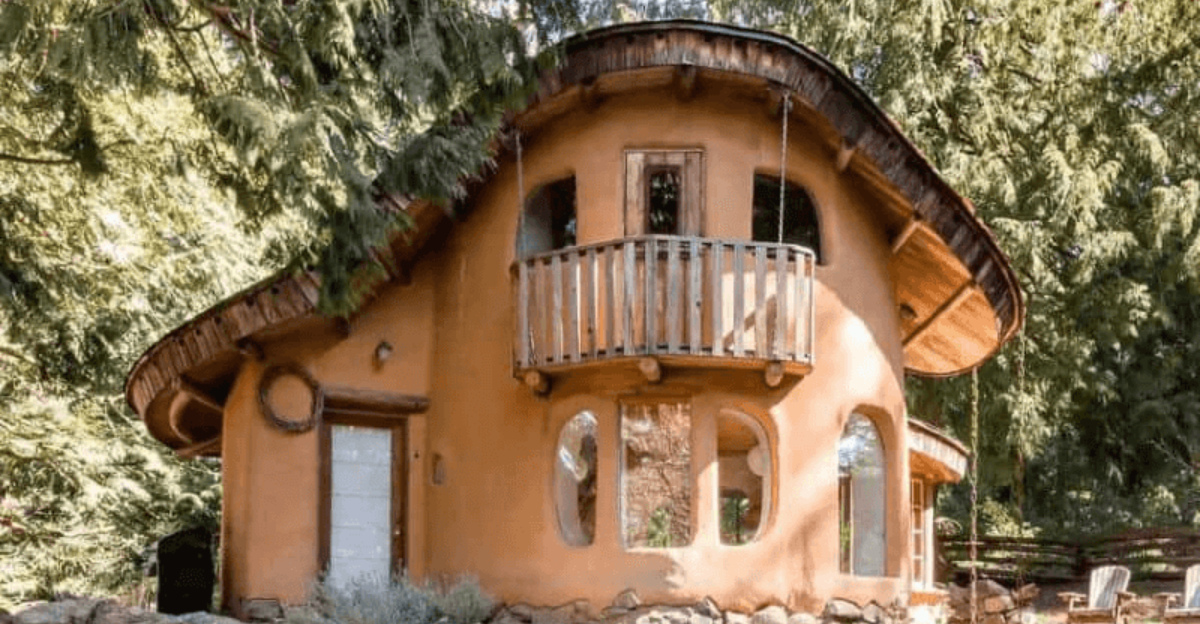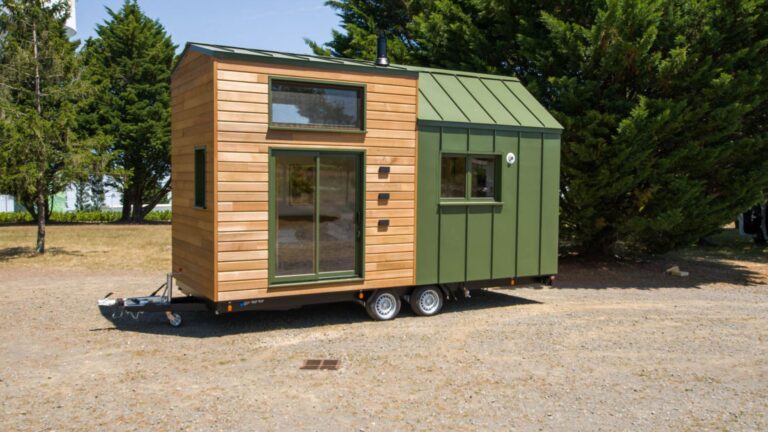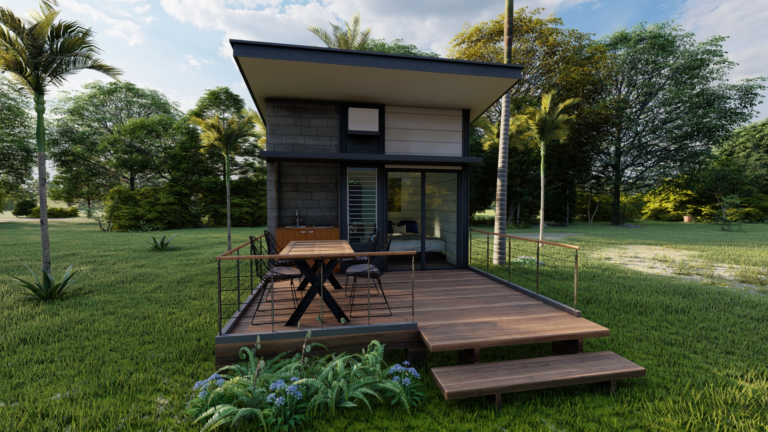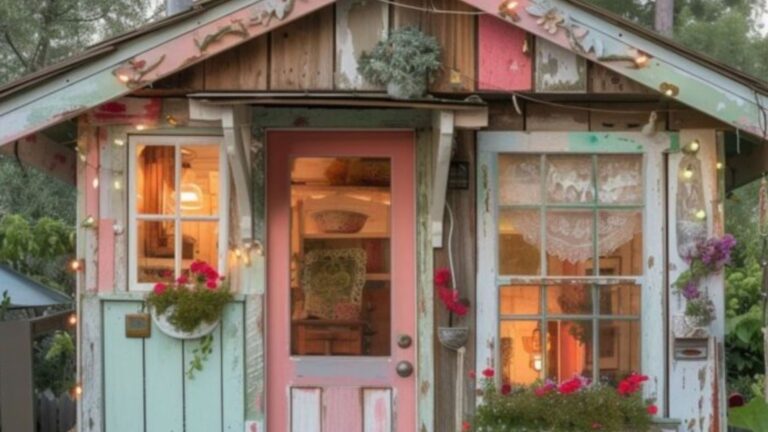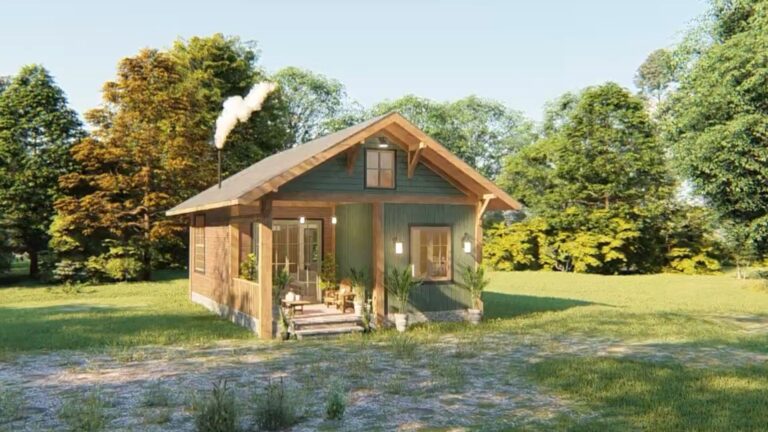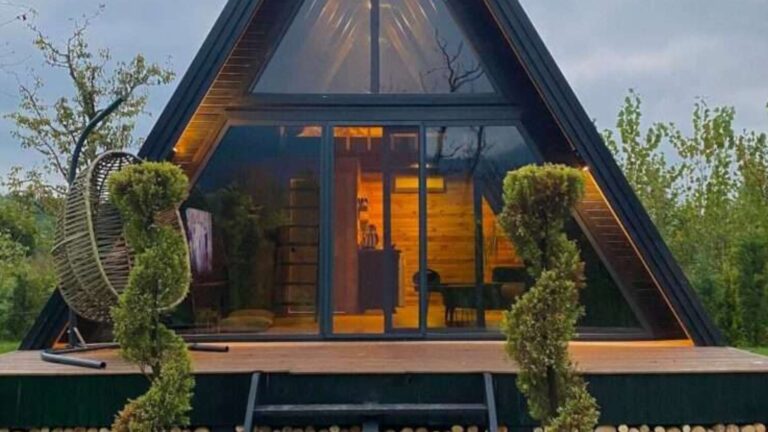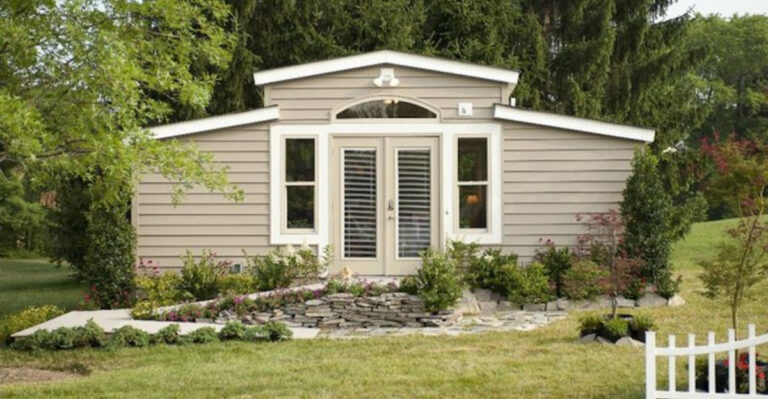The Benefits And Drawbacks Of Living In An Eco-Friendly Adobe House
There’s something deeply grounding about adobe houses, the kind of home that feels connected to the earth in every sense. Built from sun-dried bricks made of clay, straw, and soil, these homes have been around for thousands of years, and for good reason.
I’ve always admired their natural charm and eco-friendly vibe, but they’re not without their quirks. Before you fall head over heels for that rustic beauty, it’s worth taking a closer look.
From energy efficiency to maintenance surprises, adobe living is full of pros and cons, and knowing both sides can help you decide if it’s the right fit for you.
1. Natural Temperature Control
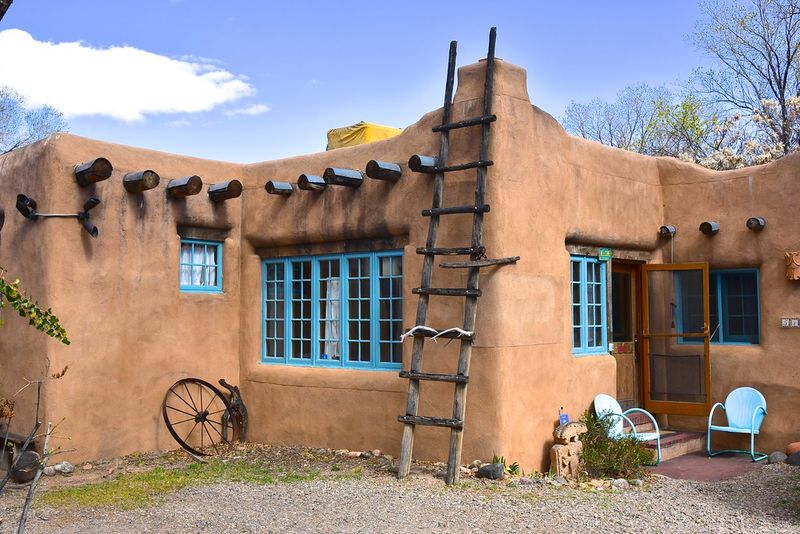
Adobe walls act like natural thermostats, keeping your home cool during scorching summer days and warm during chilly winter nights. The thick earthen walls absorb heat slowly during the day and release it gradually when temperatures drop.
This natural temperature regulation can slash your energy bills dramatically. Many adobe homeowners report using up to 80% less energy for heating and cooling compared to conventional homes.
Your body will thank you too! The steady indoor climate feels more natural and comfortable than the artificial environments created by modern HVAC systems.
2. Fire-Resistant Properties

Adobe bricks laugh in the face of fire! Made primarily of earth and clay, these sturdy building blocks simply don’t burn like conventional wood-frame houses. In wildfire-prone areas, this natural resistance provides incredible peace of mind.
Insurance companies often recognize this safety feature too. Some homeowners enjoy reduced insurance premiums because of the decreased fire risk associated with adobe construction.
The non-combustible nature of adobe also means less toxic smoke would be released in the unlikely event of a house fire, making it safer for both occupants and firefighters.
3. Eco-Friendly Building Materials
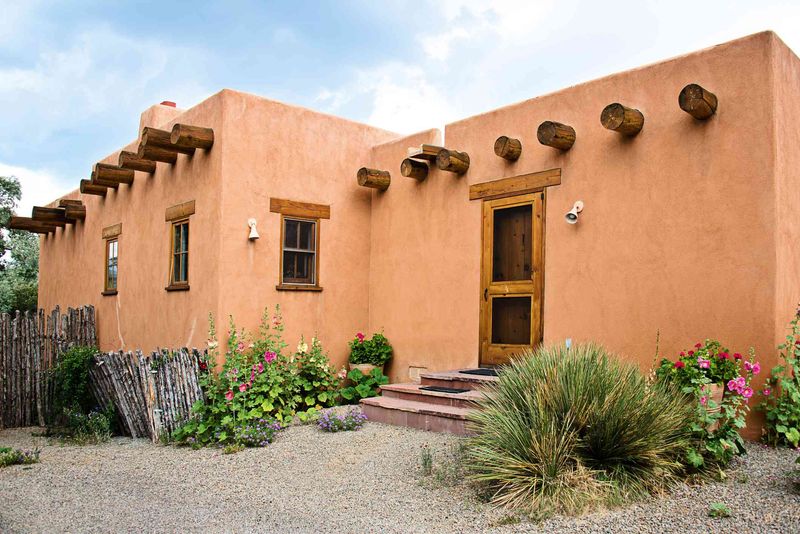
Mother Earth gives two thumbs up to adobe homes! The primary ingredients—clay, sand, straw, and water—can often be harvested right from your building site with minimal processing and zero industrial pollution.
Unlike conventional construction that relies on materials shipped from factories hundreds of miles away, adobe building significantly reduces transportation emissions. The carbon footprint shrinks even further since adobe doesn’t require energy-intensive manufacturing processes.
When an adobe home eventually reaches the end of its life, the materials return harmlessly to the earth. No landfill required!
4. Noise Reduction Qualities
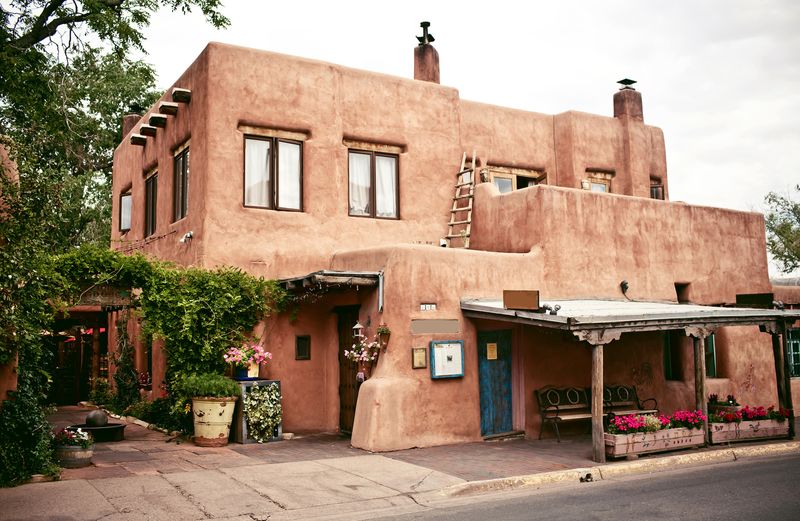
Want to escape the constant drone of traffic or noisy neighbors? Adobe walls create a peaceful sanctuary by naturally blocking outside sounds. The dense, thick walls absorb sound waves instead of letting them bounce around like in conventional homes.
Musicians and audio enthusiasts particularly appreciate adobe homes. The natural acoustics create warm, rich sound qualities perfect for playing instruments or listening to music.
Sleep quality often improves dramatically in adobe homes. The quiet environment promotes deeper, more restful sleep patterns without the startling interruptions from external noises.
5. Connection To Cultural Heritage

Adobe homes carry the whispers of ancient civilizations! From Native American pueblos to Spanish colonial structures, these earthen dwellings connect you to building traditions that span millennia across multiple continents.
Living in an adobe home means participating in a living history lesson. The techniques used to build and maintain these structures have been passed down through countless generations, preserving cultural knowledge that might otherwise be lost.
Many adobe homeowners feel a profound sense of stewardship, knowing they’re maintaining architectural traditions that predate modern construction by thousands of years.
6. Allergy-Friendly Environment

Achoo-free living awaits in adobe homes! The natural materials used in construction don’t off-gas harmful chemicals like many modern building materials do. People with chemical sensitivities often find relief in adobe environments.
Adobe walls also regulate humidity naturally, discouraging mold growth that plagues many conventional homes. This feature makes adobe houses particularly beneficial for those with respiratory conditions.
The earthen surfaces don’t attract or hold static electricity, which means less dust clinging to walls and floating in the air. Your sinuses will thank you every morning!
7. Longevity And Durability
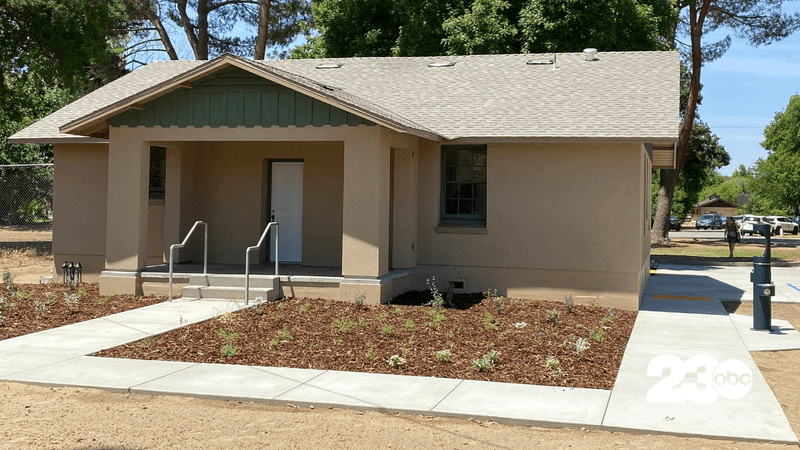
Adobe structures laugh at the test of time! Some adobe buildings in the Middle East and North Africa have stood for over 1,000 years. With proper maintenance, your adobe home could shelter many generations of your family.
These structures actually get stronger with age. The clay continues to cure over decades, making the walls increasingly solid and stable. Unlike modern homes that start deteriorating almost immediately after construction.
Adobe’s durability translates to fewer repairs and replacements over time. You won’t be replacing siding, insulation, or structural elements nearly as often as in conventional homes.
8. Lower Utility Bills
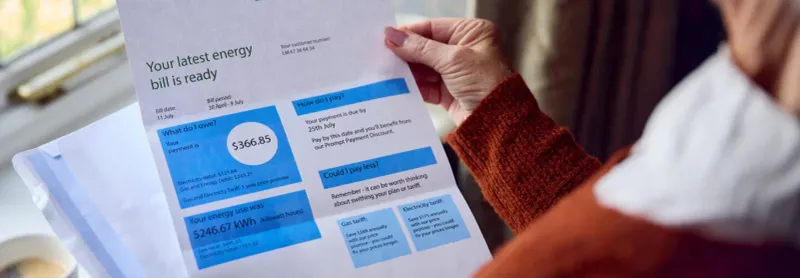
Your wallet stays fatter in an adobe home! The superb insulation properties mean dramatically reduced heating and cooling costs throughout the year. Many adobe homeowners report utility bills at just a fraction of what their neighbors pay.
Solar gain works wonderfully with adobe. Properly designed adobe homes capture winter sunlight through strategically placed windows, storing heat in the thermal mass of the walls for nighttime warmth without using any energy at all.
Water bills often shrink too. Traditional adobe designs incorporate clever rainwater harvesting systems that modern eco-conscious homeowners can adapt and enhance.
9. Unique Aesthetic Appeal
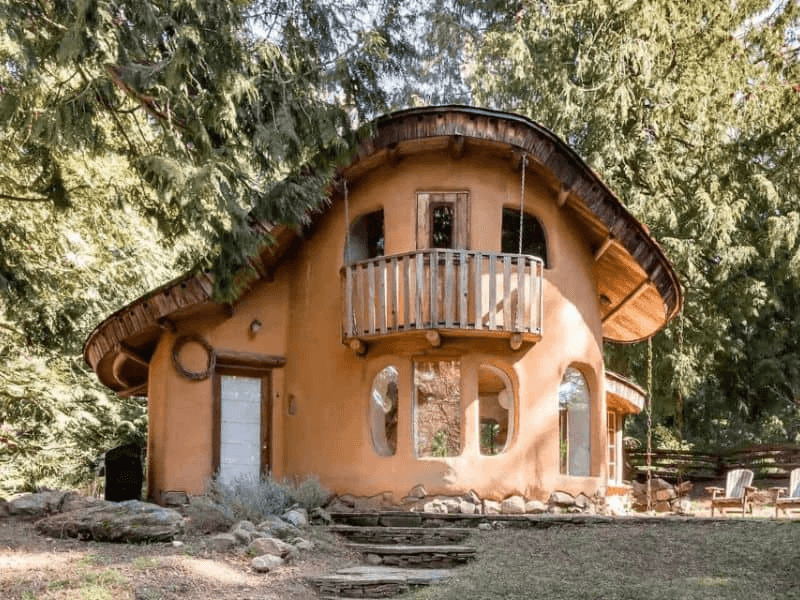
Adobe homes boast curves and organic shapes that conventional construction simply can’t match! The thick walls create deep window seats and niches perfect for displaying treasured objects or creating cozy reading nooks.
The natural earthen colors and textures bring warmth and character that no paint can duplicate. Each adobe brick tells a story through its subtle variations in color and texture.
Visitors invariably comment on the distinctive beauty of adobe homes. The smooth, flowing walls and rounded corners create a welcoming atmosphere that feels fundamentally different from the sharp angles of conventional construction.
10. Specialized Construction Knowledge Required

Building an adobe home isn’t exactly a DIY weekend project! Finding contractors with authentic adobe experience can be challenging in many regions. Those with the necessary skills often command premium rates due to their specialized knowledge.
The learning curve for owner-builders is steep. Mastering the art of making, drying, and laying adobe bricks requires significant time and patience, not to mention the physical stamina needed for this labor-intensive process.
Modern building codes sometimes clash with traditional adobe techniques. Navigating these regulations often requires hiring consultants familiar with both adobe construction and local building requirements.
11. Vulnerability To Water Damage
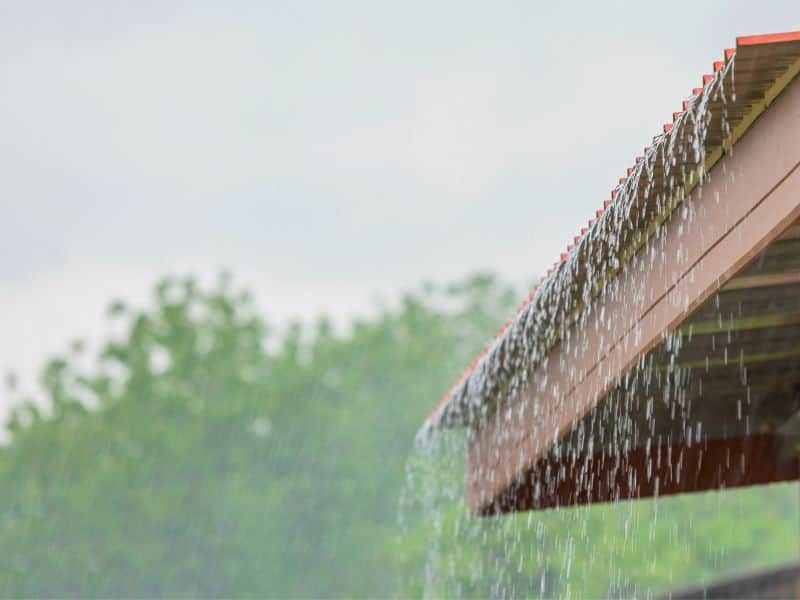
Adobe’s kryptonite is excessive moisture! Prolonged exposure to water can cause adobe bricks to soften, crumble, and eventually fail structurally. This vulnerability necessitates careful site selection and thoughtful architectural details.
Good foundations and roof overhangs are absolute musts. Without these protective features, rain can splash back onto walls or seep up from the ground, gradually undermining the structure’s integrity.
Areas with high humidity or frequent heavy rainfall present significant challenges for adobe construction. Extensive waterproofing modifications may be necessary, adding complexity and cost to the building process.
12. Limited Geographic Suitability
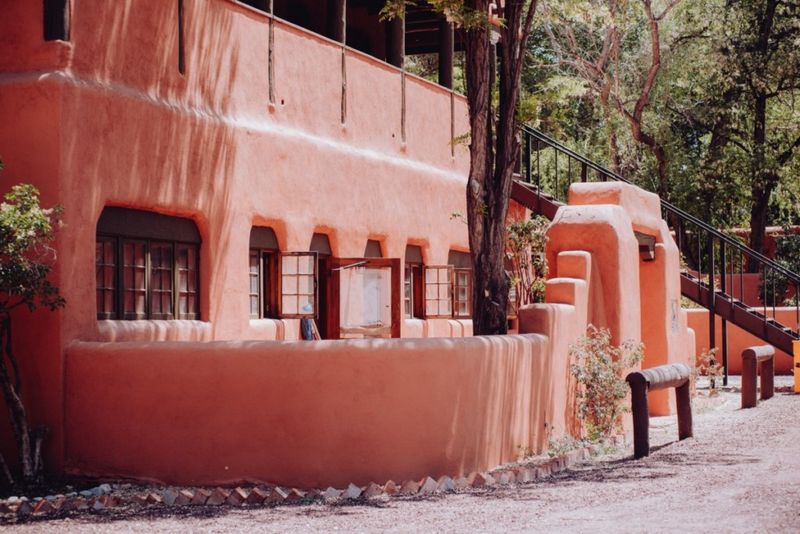
Adobe construction thrives in dry climates but throws a tantrum in wet ones! Regions with high rainfall or humidity pose significant challenges for adobe structures, limiting where these homes can reasonably be built without extensive modifications.
Seismic activity presents another geographic limitation. Traditional adobe doesn’t flex well during earthquakes, though modern stabilized versions incorporate reinforcements to address this weakness.
Cold climates with deep frost lines complicate adobe construction too. Special foundation considerations become necessary to prevent ground freezing from damaging the structure, adding complexity and expense.
13. Maintenance Demands
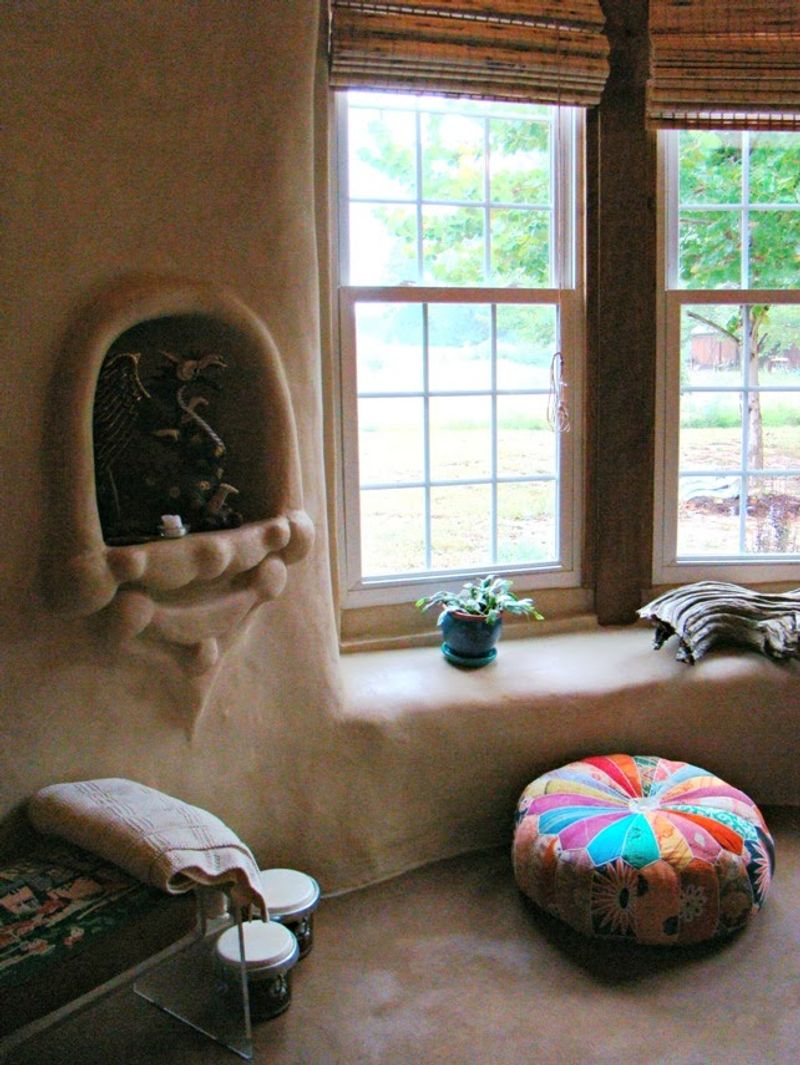
Adobe homes require a maintenance relationship, not a casual fling! The exterior walls typically need fresh mud plaster every few years to maintain their protective coating. Skip this chore and you risk structural deterioration.
Vigilance becomes your middle name as an adobe homeowner. Small cracks must be addressed promptly before water can penetrate and cause more significant damage. This ongoing inspection becomes part of your seasonal routine.
Traditional skills for proper maintenance are becoming increasingly rare. Finding craftspeople who understand authentic adobe repair techniques can be challenging and expensive in many areas.
14. Challenging Renovations
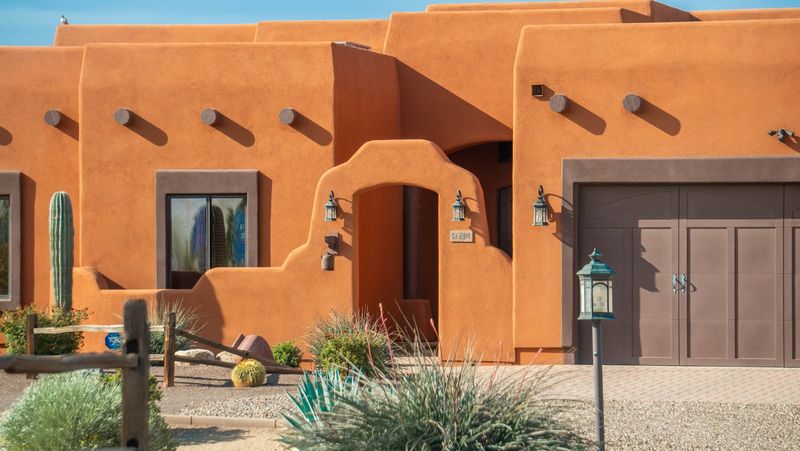
Want to knock down a wall to create an open concept space? Think again! Modifying adobe structures presents unique challenges since the walls are often load-bearing and much thicker than conventional construction.
Running new electrical wiring or plumbing through existing adobe walls can quickly become a nightmare. The dense material resists easy modification, often requiring creative workarounds or exposed systems.
Finding materials that match the original construction for additions or repairs can be difficult. New adobe bricks may have slightly different colors or textures than the aged originals, creating aesthetic inconsistencies.
15. Limited Design Flexibility
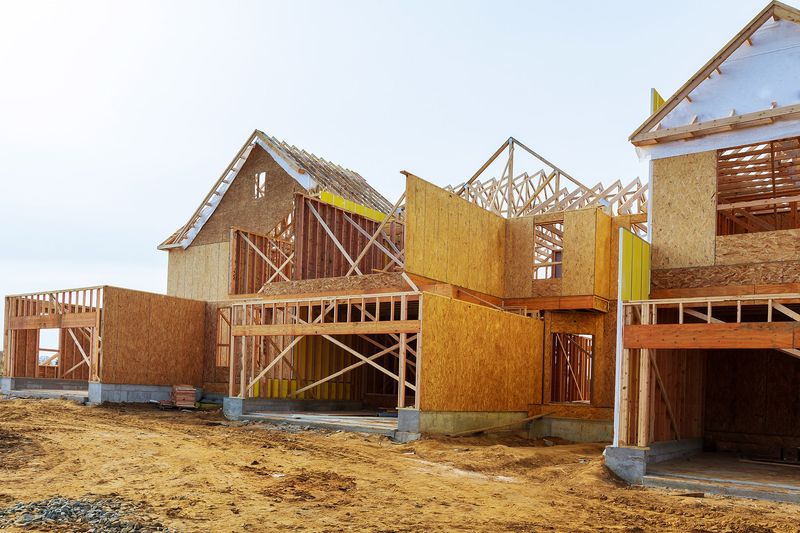
Adobe construction plays by its own rules! The structural limitations of adobe restrict certain architectural features like wide open spaces and large windows. Load-bearing walls must be placed at specific intervals, constraining floor plan options.
Multi-story construction becomes complicated with adobe. The weight of the material requires significantly thicker walls on lower levels to support upper floors, reducing usable square footage on the ground level.
Cantilevers, large roof overhangs, and other modern architectural features often prove problematic with adobe construction. The material works best with traditional designs that have evolved specifically around its properties.
16. Pest Concerns
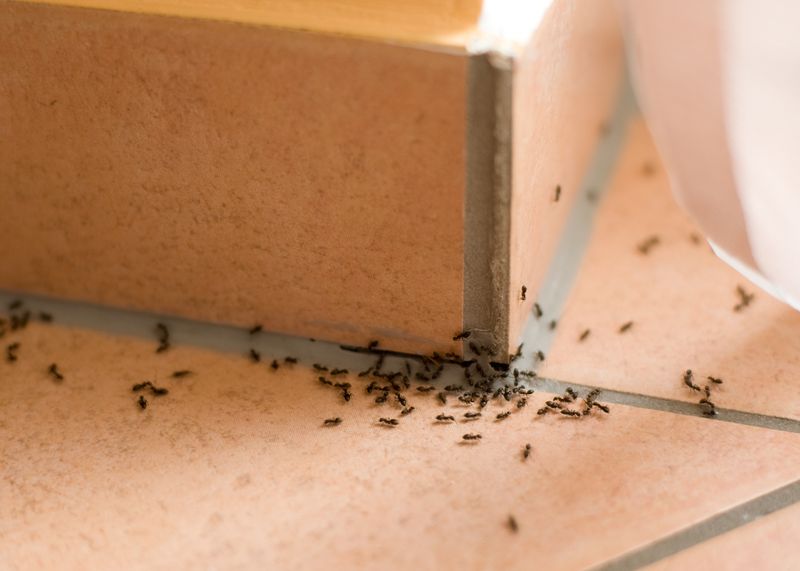
Creepy crawlies sometimes find adobe homes irresistible! The earthen materials can attract certain insects, particularly in structures using traditional unstabilized adobe. Modern stabilized versions address this issue somewhat, but vigilance remains necessary.
Rodents may attempt to burrow into adobe walls, especially in rural settings. Regular inspection of the exterior becomes essential to catch and repair any such damage before it progresses.
Traditional adobe homes typically incorporate natural pest deterrents like specific plants or mineral additives in the plaster. Modern adobe homeowners benefit from researching these time-tested solutions rather than relying solely on chemical treatments.
17. Financing Difficulties
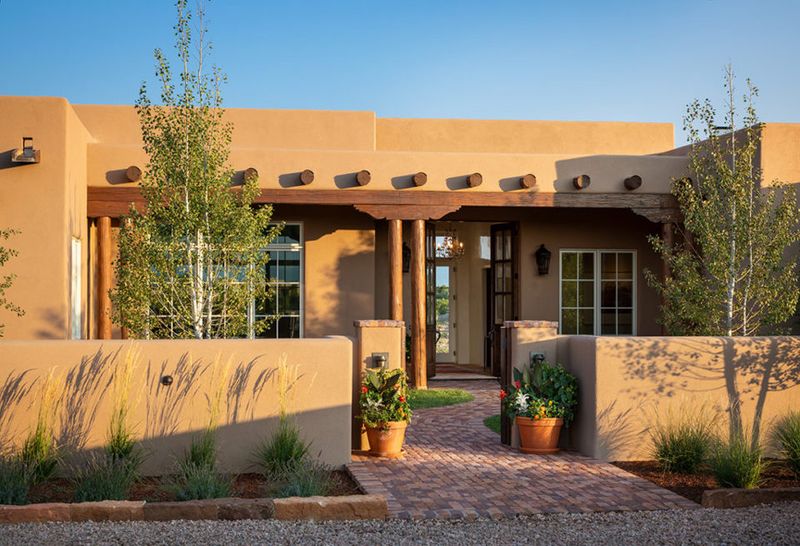
Banks often raise eyebrows at adobe homes! Conventional lenders frequently lack experience valuing these unique structures, making mortgage approval more challenging. You might need to shop around for a lender familiar with adobe construction.
Appraisers sometimes struggle to find comparable properties for establishing value. The relative rarity of adobe homes in many markets means your property might be compared to conventional construction, potentially undervaluing its true worth.
Insurance can present another financial hurdle. Some companies charge higher premiums or impose special conditions for covering adobe structures, though others recognize their fire-resistant advantages.
18. Higher Initial Construction Costs
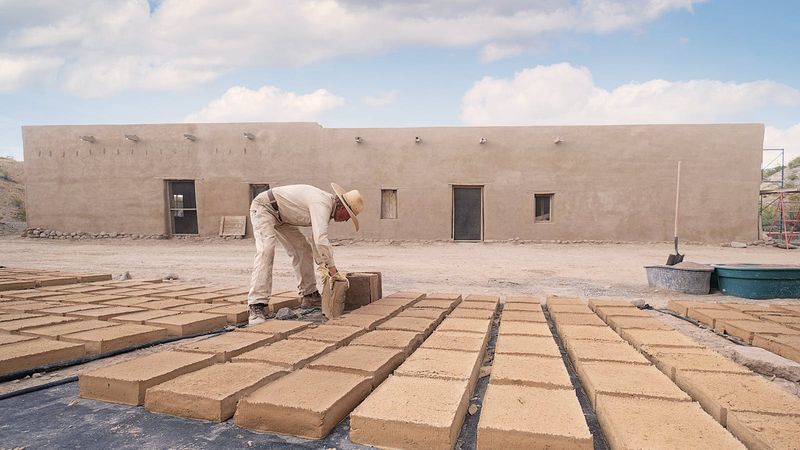
Building an adobe home might give your bank account a heart attack! While the raw materials are inexpensive, the labor-intensive process drives up construction costs significantly. Each brick must be formed, dried, and laid by hand.
Specialized knowledge commands premium prices. Contractors experienced in authentic adobe construction often charge more than conventional builders due to their unique expertise and the additional time required.
Modern building codes sometimes require expensive modifications to traditional adobe techniques. Adding reinforcement, meeting energy codes, or incorporating seismic protections can substantially increase the initial investment compared to conventional construction.

